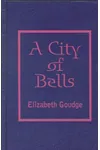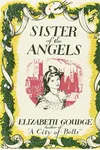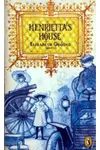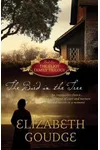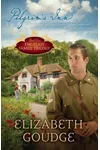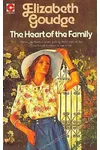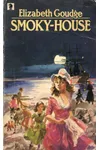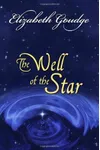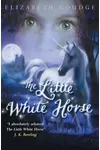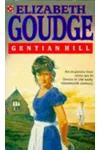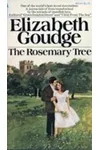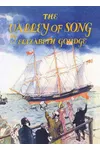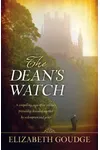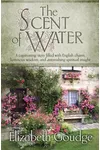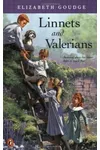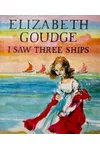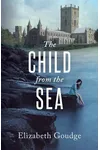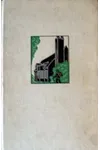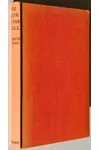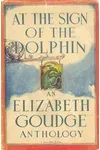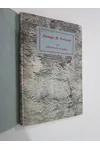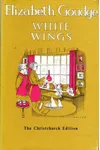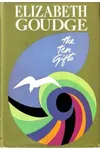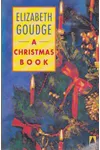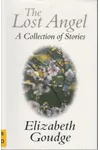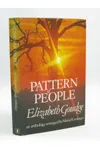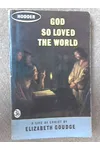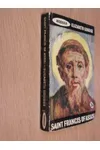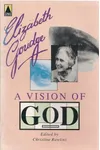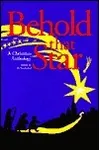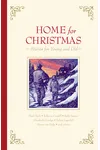Picture a British storyteller who wove magic, faith, and the charm of England’s countryside into tales that enchanted generations—meet Elizabeth Goudge! Born in 1900 in the cathedral city of Wells, Somerset, Goudge crafted novels and children’s books that shimmer with lyrical prose and timeless wonder. Her most celebrated work, The Little White Horse, not only won the prestigious Carnegie Medal in 1946 but also inspired a young J.K. Rowling, leaving an indelible mark on literary history.
With a career spanning decades, Goudge’s stories blend Christian spirituality, romanticism, and a touch of fantasy, inviting readers into worlds where imagination triumphs. Let’s explore the life, works, and lasting legacy of this beloved author whose gentle narratives continue to captivate hearts.
The Making of Elizabeth Goudge
Elizabeth de Beauchamp Goudge was born on April 24, 1900, to a scholarly father, Reverend Henry Leighton Goudge, and a mother, Ida, from Guernsey. Raised in the idyllic settings of Wells, Ely, and later Oxford, where her father served as Regius Professor of Divinity, Goudge’s childhood was steeped in beauty and stories. Summers spent in Guernsey with her grandparents sparked her love for the Channel Islands, which later inspired her first successful novel, Island Magic (1934). Though her initial foray into writing, The Fairies’ Baby and Other Stories (1919), flopped, Goudge honed her craft, teaching handicrafts in Ely and Oxford before becoming a full-time writer.
Her shy nature and struggles with depression never dimmed her creativity. After her father’s death in 1939, Goudge and her mother settled in Devon, where the rolling landscapes fueled her most prolific years. This blend of personal resilience and deep connection to place shaped her distinctive voice.
Elizabeth Goudge’s Unforgettable Stories
Goudge’s novels and children’s books are treasures of lyrical prose, weaving themes of faith, redemption, and the magic of everyday life. The Little White Horse (1946), her most famous work, is a children’s fantasy about orphaned Maria Merryweather, who uncovers secrets at Moonacre Manor. Its vivid characters and enchanting setting earned it the Carnegie Medal and a lasting fan in J.K. Rowling, who praised its influence on Harry Potter.
Green Dolphin Country (1944), a historical romance set in Guernsey and New Zealand, became a bestseller and was adapted into an Academy Award-winning film, Green Dolphin Street, in 1948 for its special effects. The Rosemary Tree (1956) explores forgiveness in a Devon village, showcasing Goudge’s knack for blending spiritual depth with human struggles. Her Eliots of Damerosehay trilogy, starting with The Bird in the Tree (1940), delves into family, love, and sacrifice, set against the Hampshire marshes she adored.
Goudge’s style is poetic, often described as sentimental yet profound, with settings that breathe as vividly as her characters. Her Christian spirituality infuses her work, not as preaching but as a quiet celebration of hope and interconnectedness, appealing to readers seeking solace and wonder.
Why Elizabeth Goudge Matters
Elizabeth Goudge’s impact transcends her era. Her ability to capture the magic of childhood and the redemptive power of love resonates with readers worldwide. The Little White Horse’s influence on J.K. Rowling underscores Goudge’s role in shaping modern fantasy. Her novels, once dismissed as sentimental, have been reappraised for their emotional depth and craftsmanship, with reprints by Hendrickson Publishing bringing her work to new audiences.
Goudge’s legacy also lies in her quiet defiance of a materialistic world. As she once wrote, imagination and happy endings are as real as the streets we walk. Her stories remind us to find beauty in the ordinary, a message that endures in today’s fast-paced world.
- Born: April 24, 1900, Wells, Somerset
- Key Works: The Little White Horse, Green Dolphin Country, The Rosemary Tree
- Awards: Carnegie Medal (1946) for The Little White Horse
- Died: April 1, 1984, Oxfordshire
Ready to lose yourself in Elizabeth Goudge’s enchanting worlds? Snag The Little White Horse or Green Dolphin Country and dive into her lyrical blend of faith and fantasy!
